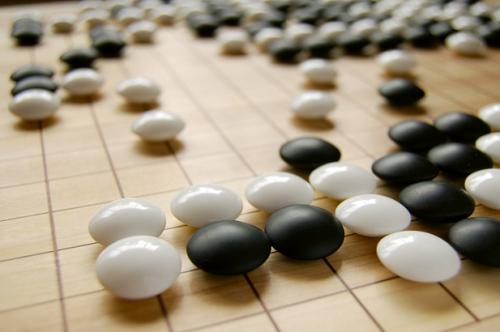
Image Credit:
Most teachers who allow laptops in the classroom regret their choice shortly afterwards. Though students are always initially thankful and attentive, soon their eyes begin to wander to the screen. At first they play little games. Maybe they can have both MSWord and Wikipedia open at the same time, but maybe teacher will notice all that clicking and dragging so the reorganization goes unfinished and their browser sits blank, right next to whatever notes they are trying to compose. It’s not long before they start wondering if you will notice them. They begin a regular oscillation between empty looks towards the front of the class and quick glances back to their screens. After a few minutes of this their confidence builds. Slowly, with all the guile of a child stealing a cookie, they type in the f-a-c-e-b—that will launch them into a social-media stupor.
Such events are the grist for the mill of recreational teacher commiseration. The students are both brazen and listless—empty heads, somehow overstuffed with tripe. In talking to my peers, there seem to be only two solutions: either you implement an outright ban or vigilantly maintain surveillance state to shame them from their screens.
Of course, both solutions fail to really solve the problem. At their heart they are only treating the symptoms of a larger disengagement. In order to begin to solve problems of inattention, teachers must first address some uncomfortable questions. Why exactly do students want to fritter away their precious class time on Farmville, facebook, or ESPN.com? What do these resources provide that I, as the teacher, lack? The most common answer usually has something to do with the laziness of students and various cultures of disengagement and irresponsibility (i.e. “kids these days!”). However that line of thinking dismisses the considerable accomplishments of sites like ESPN.com, Facbook, and yes, Farmville.
After a summer of self-exile in the world of high school teaching, the answer to this question became immediately apparent. The vast majority of students in rhetoric and English classes arrive at the University of Texas fresh from their experience in high school. For many of these students, the rigor of a 30 hour high school course load all but precludes open disengagement. That’s not to say high school students don’t waste time, only that their engagement within class is heightened. There is simply more at stake. Thanks to college admissions and brow-beating parents, grades have serious consequences. Accordingly the students are placed into a tight information loop. Unlike the two or three meetings of a weekly college course, in high school their performance is constantly evaluated, and it’s not uncommon, especially in math and science classes, to receive grades daily.
These may be obvious observations, but they create a considerably underappreciated environment. Secondary school courses establish a culture of almost constant evaluation and considerable incentives. In some ways it’s not unlike the world they view on a Facebook news feed. The information is oriented around their position in their social sphere and contains constant feedback for every input. Of course, few would argue that the average status update carries the same importance as an algebra test, and it even seems a little silly to compare the two. Nevertheless, the unity in focus that might be directed towards alegrbra and Facebook reveal and important truth: the size of an incentive doesn’t matter; it’s the presence that commands focus, and it in this respect that the design principals of games demand our attention.
On Fridays, after a week of rigorous test preparation I would often reward my high school students with a day of classroom games. At first, in order to get them in the mood for something childish, I offered a range of incentives: homework passes, quiz boasts, participation points. At first I was elated by the response. A majority of the students seemed to genuinely become interested in the classroom activities. I even watched a student reprimand a fellow student for lollygagging on their cell phone during the competition. However, involvement was not uniform. By-and-large, the most active participants were the students who desired the “prize.” This led me to a new tactic. Instead of designing complicated and seductive prizes, I thought I would dream up more interesting games and keep the “prizes” either within the game or disregard them entirely. For instance, on one occasion I happened to draw each team a mascot on the board. As each team won points I would offer their team’s mascot various props (a top hat, a motorcycle, et cetera) to indicate who had won the round. Though first offered as a joke, the students became highly competitive over the virtual bling and kids who had little interest in the material immediately became engaged. By keeping the prizes within the space of the game, the students could allow themselves to become unplugged and focus just at the task at hand.

